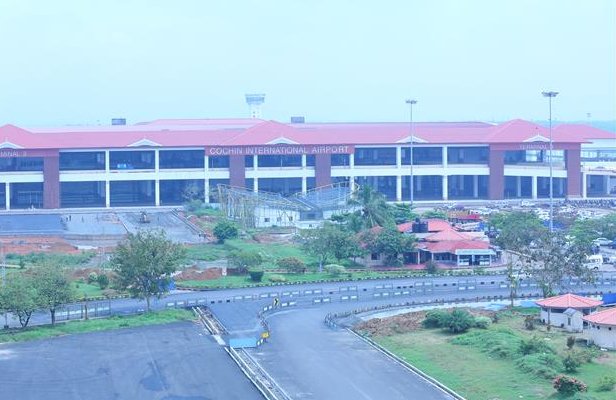Immigration
Migration from Kerala Fell 11% in Five years: Study

Cochin Airport
Photo: cial.aero
Factors like the declining population in the 19-25 age-group and stagnant wages in the Gulf countries could have contributed to the decline between 2013 and 2018, according to Kerala Migration Survey 2018.
Fewer people from Kerala are migrating out for work and livelihood, according to a new report on the state’s migration figures. A drop of 11 percent was witnessed between 2013 and 2018, the Kerala Migration Survey (KMS) 2018 says.
“Of the 2.1 million emigrants (from Kerala in the Gulf and elsewhere), 15.8 percent are females. However, there is a reduction of 3 lakh migrants, which is one-tenth of the number of migrants in 2013. In 2018, we reached a stage where migrants figure shown a negative growth of 11.6 percent,” news agency IANS quoted S. Irudayarajan, who led the survey, as saying.
According to the survey, 89.2 percent of all migrants from Kerala are in the Middle Eastern countries. The remaining 10 percent live in other countries like the United States, the United Kingdom, Australia, and elsewhere.
In 2013, while there were 20.70 lakh migrants in the Middle East, the figure fell to 18.93 lakh in 2018, the survey said. In 2013, there were 8.90 lakh people of Kerala origin in the UAE. In 2018, that number has dropped to 8.30 lakh. In Saudi Arabia, there were 5.22 lakh people of Kerala origin in 2013, and that number has dropped to 4.87 lakh in 2018. Similarly, Bahrain too has seen a drop from 1.49 lakh Malayalis in 2013 to 81,000 in 2018. The only country to see a rise in numbers is Qatar, where the population of Keralites increased from 1.06 lakh in 2013 to 1.86 lakh in 2018.
According to the study, one in every fifth household in Kerala has a migrant. Among religious groups in the state’s migrant population, one in every third household is a Muslim, one in five households is a Christian and one in 10 households is a Hindu, the news agency added.
The major reasons for the drop were a declining population in the age group of 19-25 years and flat wages in the Gulf countries, the top choice for people of Kerala for jobs, Irudayarajan added.
The decline could be due to the cumulative effects of the demographic advances, which have decreased the population in the migration-prone age-group (15-29 years) as Kerala attained replacement fertility level — the level of fertility at which a population exactly replaces itself from one generation to the next — in around 1987. “Wages in the Gulf economies have not improved after the global economic crisis. This has led to lower savings, de-motivating them to migrate. Another reason is wages in the domestic economy have increased compared to other states,” the report quoted Irudayarajan as saying.
The price of oil, on which the Gulf economy is based, has been declining since 2010. “Although the last one year has seen a slight increase in oil price, the growth of the Gulf economy has suffered a major setback. Due to nationalization policies such as Nitaqat and recently introduced family taxes in Saudi Arabia, the Gulf Cooperation Council (GCC) economies appear to be not that conducive for current and prospective migrants,” he added.
The study, the eighth in a series of studies on migration undertaken by the Centre for Development Studies (CDS) since 1998, surveyed 15,000 households from January 1 to March 31 this year. It was funded by the Kerala government’s Department of Non-Resident Keralites’ Affairs.



